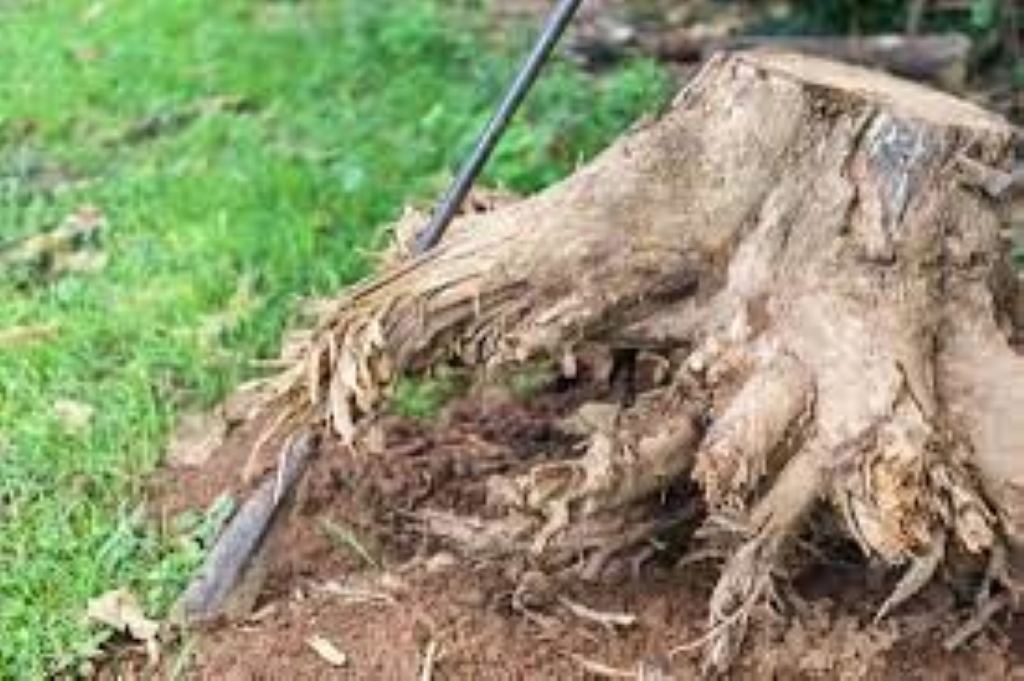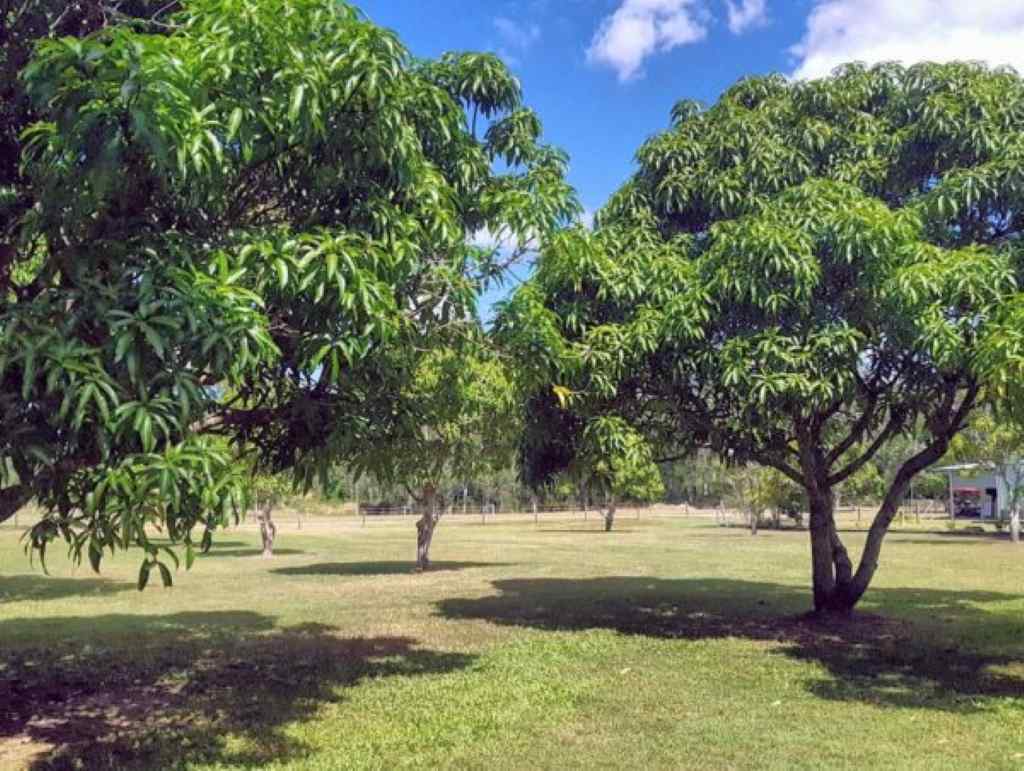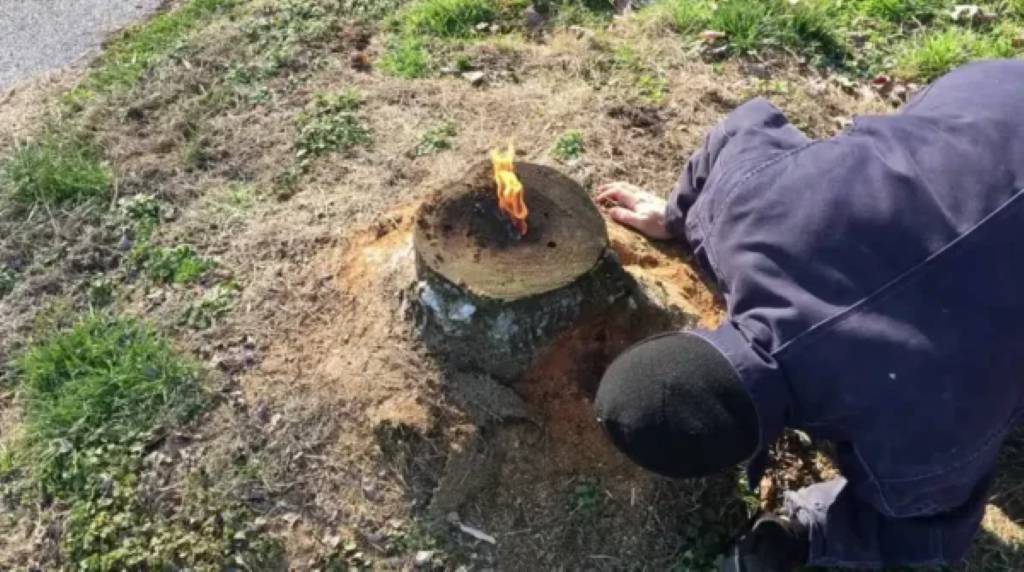Removing a tree stump can be a challenging task, but it’s often necessary for safety, aesthetics, or future landscaping plans. Once the stump is gone, you’re left with an open space that can be an ideal spot to plant a new tree. However, it’s essential to approach this task with care, as the area might still contain remnants of the old tree’s root system and other factors that can affect the growth of your new tree.
Can We Plant a Tree where the Stump was Removed?
If you want to plant a tree where stump was removed then you need to check these things first:
1. Root Checkup
Inspect the stump removal site’s soil for any lingering roots or debris. Ensure that the area is entirely clear of any remnants from the previous tree.
2. Elevated Planting Bed
Create an above-ground planting bed. This elevated approach can help prevent potential root competition with any remaining underground remnants.
3. Soil Enrichment
Prepare a planting mix by combining high-quality potting soil, compost, and organic matter. This enriched mix provides an ideal environment for your new tree to establish itself.
4. Root Ball Examination
Carefully inspect the root ball of your new tree. Ensure that the roots are healthy, well-distributed, and free from any circling or girdling roots that could hinder growth.
5. Strategic Planting
Position the tree on top of the elevated planting bed, allowing the root ball to rest just above the soil surface. This strategic placement encourages proper root development and aeration.
6. Mulch Mat
Create a mulch mat around the base of the tree. This mat should consist of organic materials like straw or wood chips and should extend beyond the root ball’s diameter.
7. Watering Technique
Implement a deep watering technique by using a soaker hose or a slow-drip system. This ensures that water reaches the root zone efficiently and encourages deep root growth.
8. Sheltered Environment
Provide temporary shelter for your new tree, such as a simple shade cloth or mesh barrier. This shields the young tree from harsh sun, wind, or browsing animals.
9. Observation Period
During the initial growth phase, closely monitor your tree’s progress. Look for signs of stress or inadequate watering, adjusting care as needed.
Procedure for Plant a tree Where the Stump was Removed
Planting a tree where a stump was removed requires specific steps to ensure the new tree’s successful establishment. Here’s a detailed procedure:
1. Assess the Stump Removal Site
Before you start planting, thoroughly assess the area where the stump was removed. Ensure that the stump and its major roots have been completely eliminated, leaving behind a clear, debris-free space.
2. Choose the Right Tree Species
Select a tree species that is well-suited to your climate, soil type, and the available space. Consider the mature size of the tree to ensure it won’t outgrow the area.
3. Prepare the Planting Hole
Dig a planting hole that is twice as wide as the tree’s root ball and just as deep. This provides ample space for the roots to spread and establish.
4. Soil Amendment
If the soil lacks nutrients or proper drainage, amend it with organic matter, such as compost, to improve its quality. Mix the amendment with the existing soil.
5. Plant the Tree
Gently remove the tree from its container or burlap wrapping, taking care not to disturb the roots. Place the tree in the center of the planting hole, ensuring the top of the root ball is level with or slightly above the soil surface.
6. Backfill and Water
Fill the hole with soil, firmly tamping it down to eliminate air pockets. Water the tree thoroughly to settle the soil around the roots.
7. Mulch Application
Apply a layer of organic mulch around the base of the tree (but not touching the trunk) to conserve moisture, regulate soil temperature, and deter weeds.
8. Staking (If Necessary)
If the tree is tall or located in a windy area, consider staking it to provide support. Ensure that the stakes do not damage the roots and allow some natural movement.
9. Watering Routine
Establish a regular watering routine, especially during the tree’s first two years, adjusting based on weather conditions.
10. Pruning and Maintenance
Prune any damaged or dead branches, but avoid excessive pruning, especially in the first year.
11. Monitoring and Care
Keep a close eye on the tree’s growth and health. Watch for signs of stress, disease, or pests. Adjust care as needed.
12. Be Patient
Understand that tree establishment takes time. Be patient and committed to providing consistent care over the years.
Here are some safety measures to keep in mind:
- Wear Protective Gear
- Use the Right Tools
- Stay Hydrated
- Lift Properly
- Be Aware of Surroundings
- Watch for Wildlife
- Stay Hygienic
- Stay Informed
- Take Breaks
- First Aid Kit
- Emergency Contacts
Conclusion
In summary, planting a tree where a stump was removed offers a chance for creativity and growth. By following a unique procedure, checking for roots, using an elevated bed, enriching the soil, and keeping a close eye on your tree, you can create a healthy and beautiful addition to your garden. This approach allows your new tree to thrive in its fresh start.




